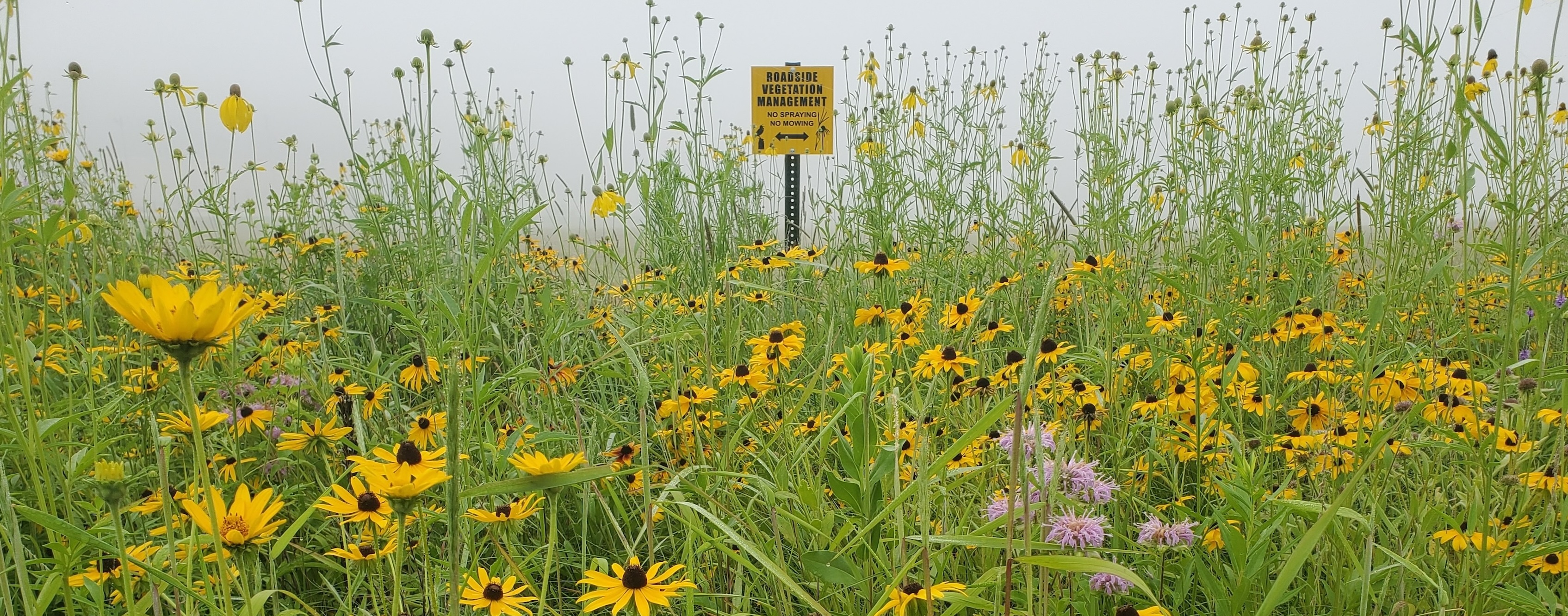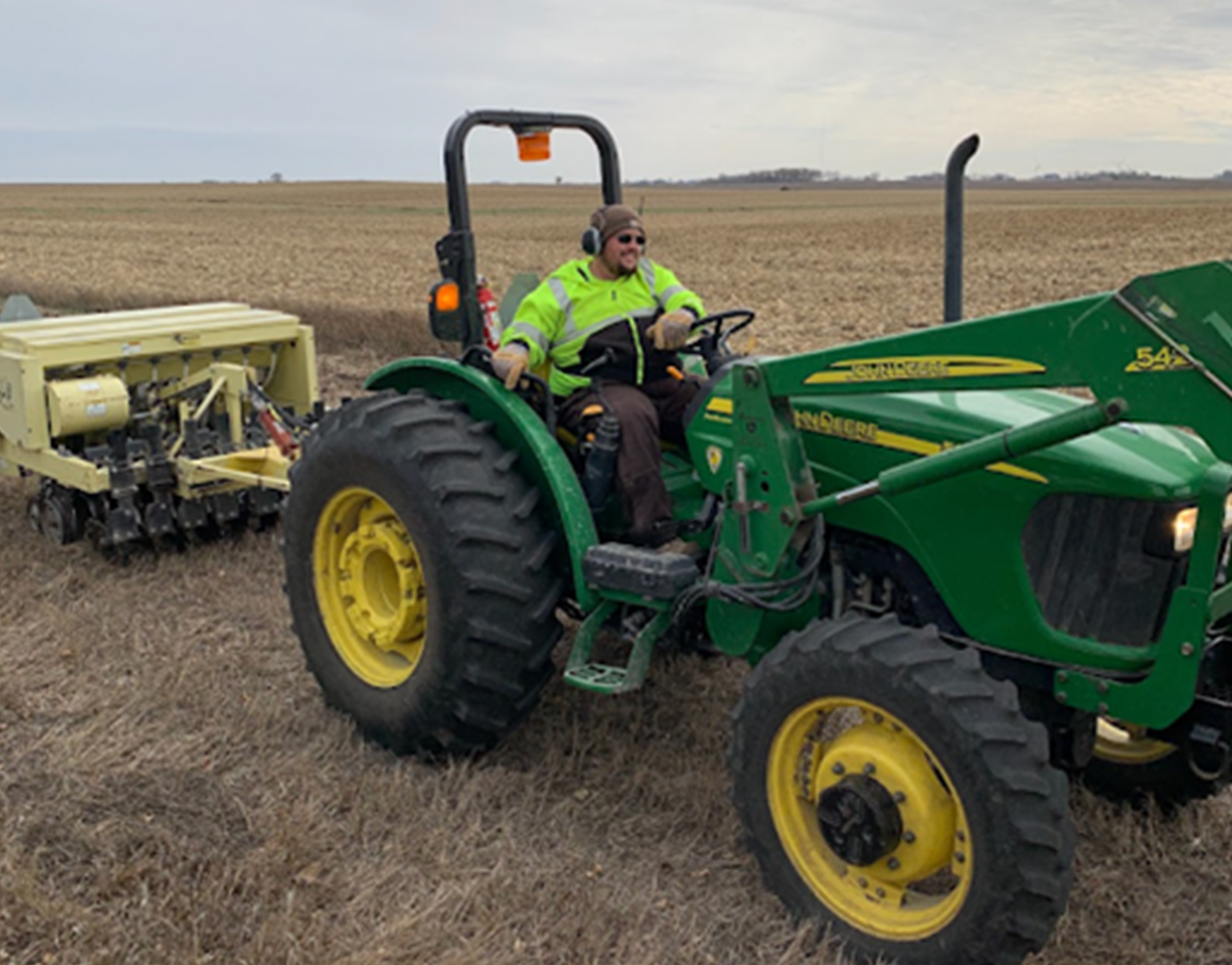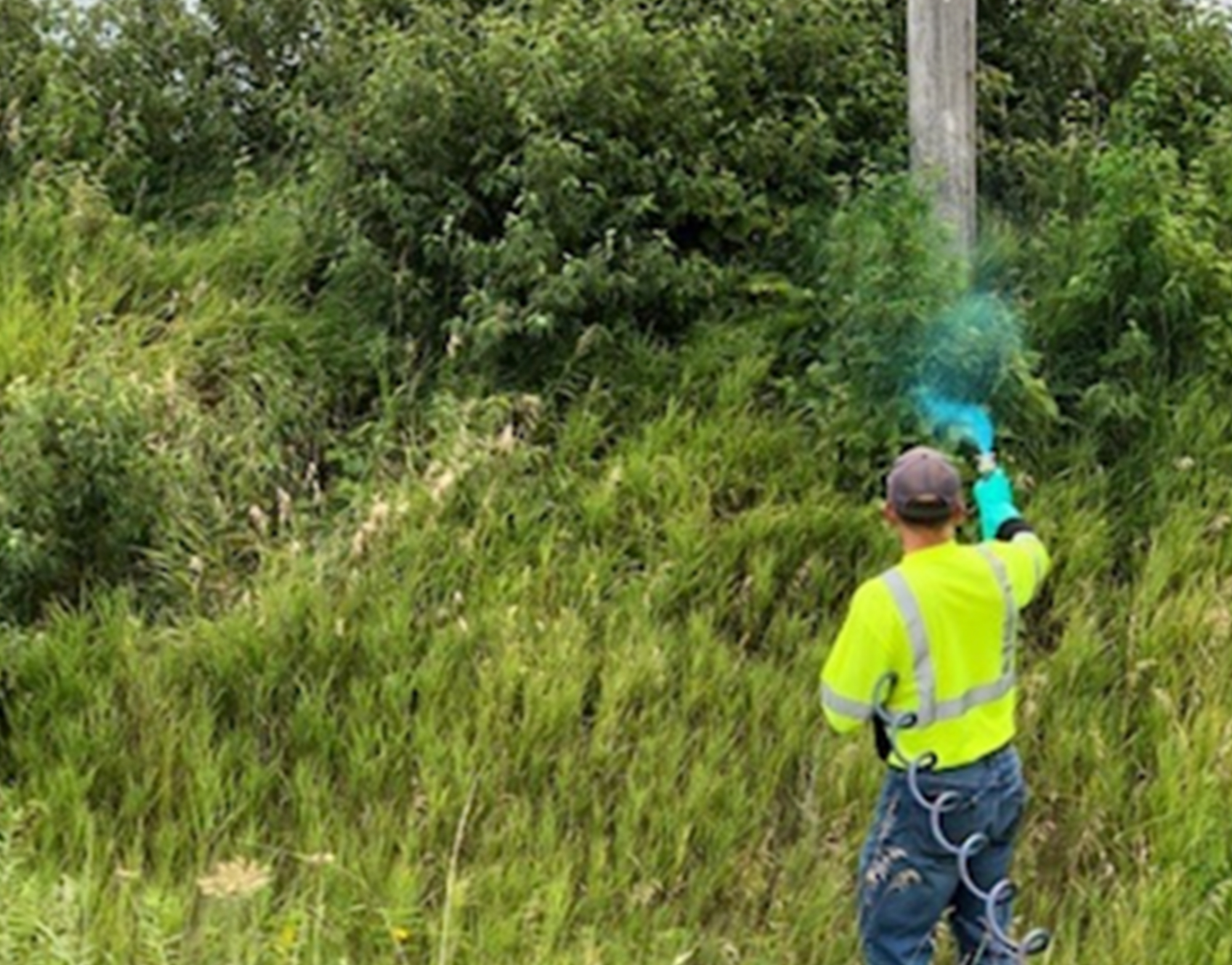Impact

 In Iowa, 65 counties and 28 cities manage their roadsides using safe, ecologically sustainable and economical techniques by having roadside vegetation programs. These counties and cities have saved their communities thousands of dollars by implementing an integrated roadside vegetation management (IRVM) plan that also allows them to apply for Living Roadway Trust Fund grants and obtain free prairie seed for roadside planting.
In Iowa, 65 counties and 28 cities manage their roadsides using safe, ecologically sustainable and economical techniques by having roadside vegetation programs. These counties and cities have saved their communities thousands of dollars by implementing an integrated roadside vegetation management (IRVM) plan that also allows them to apply for Living Roadway Trust Fund grants and obtain free prairie seed for roadside planting.
Roadside vegetation managers and assistants in 47 counties provide comprehensive management and expertise.
Sixty-five counties and 28 cities have an integrated roadside vegetation management (IRVM) plan.
The amount of vegetation collectively managed by Iowa roadside managers.
The number of prairie grass, sedge, and wildflower species included in seed mixes provided to counties and cities.



Iowa Landscape Impact
Counties with roadside plans collectively manage over 420,000 acres of vegetation bordering 115,000 miles of county roads. They remove brush that poses a safety hazard, seed native vegetation to reduce erosion, strategically spray invasive weeds, and use erosion control blankets after a road project to reduce erosion.
Since the early 1990s, counties have planted native vegetation in over 35,000 acres of county road right-of-way. These diverse stands of 30–45 prairie grass, sedge and wildflower species — all naturally adapted to local growing conditions — provide miles of stable, low-maintenance roadsides for Iowa.

National Impact
Iowa is nationally recognized for its approach to roadside management. It was one of the first states to implement integrated roadside vegetation management in the 1970s to save money on mowing fuel. Iowa is also the only state to have consistently funded this management at state, county, and city levels for over 35 years.
News Coverage of Iowa’s Roadside Program
"Rural Iowa residents embrace Adopt-a-Prairie program," Wild Ones Journal, Spring 2025.
"Black Hawk County roadsides awash in native plants," Waterloo Cedar Falls-Courier, August 9, 2024. (subscription required)
“Follow the monarch on its dangerous 3,000-mile journey,” National Geographic, January 2024. (subscription required)
“Corridors of native pollinator plants to sprout along Minnesota’s state highways,” Star Tribune, May 2023.
“Pollinators could win when the infrastructure bill passes,” Civil Eats, October 2021.



